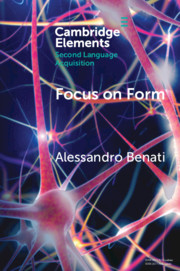We present two case studies of two different pedagogical tasks in a Computer Assisted
Language Learning environment called Grim. The main design principle in Grim is to support ‘Focus on Form’ in second language pedagogy.
Grim contains several language technology-based features for exploring linguistic forms (static, rule-based and statistical), intended to be used
while writing. Our question is, in what ways does Grim support Focus on Form in actual classroom use. We have explored this question within
sociocultural theory, emphasizing tool mediation and how tools shape the learner’s activity. The first case concerns a text-reconstruction
exercise in which students worked in a pair within the Grim environment. The second case was conducted with another group of students, who engaged in
collaborative revision of texts, written in advance by one of the students, in student pairs. In both studies, students were instructed and encouraged
to use the different features of Grim. Data was collected by recording dialogue during the sessions with Grim. Our results show how learners put the
features of Grim into use in their writing tasks. In some instances, the program
was used creatively, in combination with external tools such as the
users’ own dictionaries, knowledge of other languages, or teachers. In other instances, we note that Grim was used for error correction, rather
than as a language resource. The learners’ activities are thus transformed by their use of the program, from the tasks of revision and text-reconstruction
into error correction. The application shapes the activity, in conjunction with the pedagogical tasks. We argue for studying the activities of students with
CALL tools, in order to find out in detail how tasks and technology concur in use and what view on language and pedagogy they mediate.


